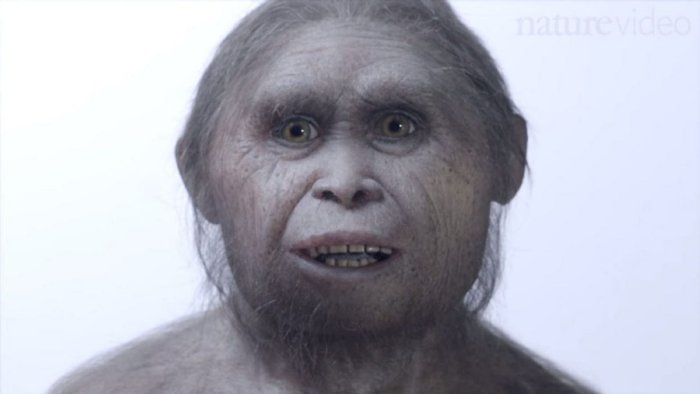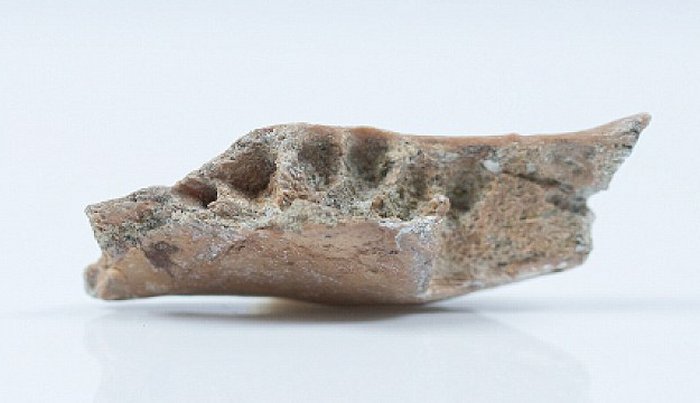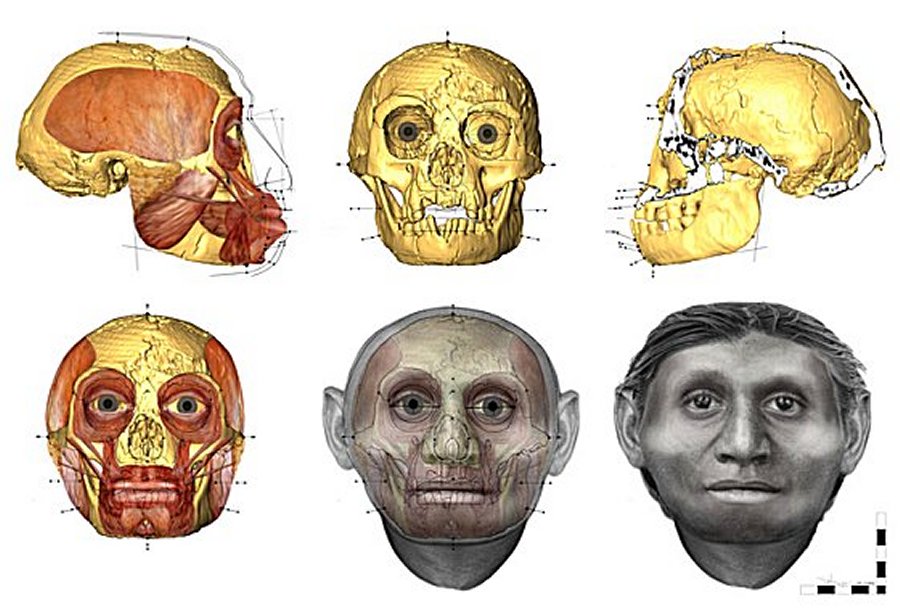Mysterious Ancient Hobbits Are 600,000 Years Older Than Previously Thought
MessageToEagle.com – A tiny species known as the Hobbits have long puzzled scientists. Who were the Hobbits? Were they another species of human, like us but mysteriously different? Were did they come from?
These are questions researchers have been trying to find answers to. Over the years many, sometimes controversial theories have been presented attempting to cast mote light on the mysterious Homo floresiensis known as the Hobbits, nicknamed after the short, humanoid creatures in JRR Tolkien’s Lord of the Rings saga.
New research now suggests that the tiny, hobbit-like Homo floresiensis evolved much earlier, and were much tinier, than previously thought. This of course, sheds new light on human evolution.

The story of the mysterious Hobbit species begins in 2003 when remains of strange, very tiny – only three feet tall as full grown adults – human beings, named Homo floresiensis were discovered in the large, cathedral-like Liang Bua (“meaning ‘cool cave’ in the local Manggarai language”) cavern on the 220-mile island of Flores, Indonesia, which sits between the mainland of Asia and Australia.
The idea that our species, Homo sapiens, was the only species of human on the planet was for the first time in thousands of years is in doubt.
Some researchers suggested that the Hobbits were not human. Some scientists even argued Homo floresiensis was a diseased modern human.
Many scientists proposed the species shrank in size after becoming stranded on Flores in Indonesia, possibly after a natural disaster.
See also:
New Light On The Mysterious Hobbits – Discovered Teeth Suggest Hobbits Were A Separate Species
Controversial Theory Suggests “Hobbits” Were Not Human
Four Other Humans Species Lived Alongside Modern Humans – New Study Suggests
They say this was down to something known as ‘the island effect’, which happens when a population evolves in a limited environment.
Now scientists have found ancient versions of 3ft tall Hobbits that appear to be even smaller than the originals. The fossils were found at a site called Mata Menge, which sits more than 70 kilometers away from the Liang Bua cave.
One fossil fragment came from an adult jawbone 20% smaller than its smallest more recent hobbit counterpart.
The new finds also include six teeth, among them two milk teeth belonging to infants.
The 700,000-year-old remains are helping scientists understand the origins of one of the most enigmatic members of our genus.

“These guys survived there for 650,000 years or so, which is quite amazing,” said Bence Viola, a professor of paleoanthropology at the University of Toronto, who was not involved in the research.
“All the fossils are indisputably hominin and they appear to be remarkably similar to those of Homo floresiensis,” Dr Yousuke Kaifu, one of the researchers from the National Museum of Nature and Science in Tokyo, Japan, said.
“The morphology (shape) of the fossil teeth also suggests that this human lineage represents a dwarfed descendant of early Homo erectus that somehow got marooned on the island of Flores.
What is truly unexpected is that the size of the finds indicates that Homo floresiensis had already obtained its small size by at least 700,000 years ago,” Dr Yousuke Kaifu added.
Because the new teeth and mandible bear none of the traits of the more primitive primates, the discoveries support the theory that Homo floresiensis evolved from Homo erectus, our own species’ ancestor. Their age, which predates Homo sapiens by 500,000 years, punctures the idea that the hobbits are just diseased modern humans.

“It seems to confirm what most of us suspected all along,” said David Begun, Professor of Anthropology at University of Toronto who was not involved in the research. It “makes more sense, since Homo erectus had a big brain and was more sophisticated in terms of its adaptations to the environment . . . You had to be pretty sophisticated, cognitively, to get to Flores.”
Elephant species that lived on Flores at the same time as the hobbits was also dwarfed. The elephants were about the size of a pig and the rats that lived on Flores were giant. However, island dwarfism had never been observed in a primate, and on Flores it appears to have happened extremely rapidly, in just 300,000 years.

new study. Pictured is the the skulls of a hobbit (left) and a modern human (right).
“We often think that humans create our own environment. We have cities, civilizations, agriculture — that we’re kind of immune and don’t evolve,” said Begun. “This shows humans react to the environment the same way that any other animal does.”
Dr Gerrit van den Bergh, an anthropologist at the University of Wollongong in Australia, and his colleagues believed the hominins may have faced limited food and resources after being stranded on Flores.

This would have led them to begin evolving smaller brains and bodies – a phenomenon known as dwarfism.
Dr van den Bergh said: ‘The brain size of Homo floresinesis is very small – about the size of a chimpanzee but they walked upright. So maybe they just did not need such a big brain. “A brain is a very expensive organ and maybe a smaller brain might work as well in an island setting. What is clear is that they made stone tools so they were not stupid.”
Mysteries of the hobbit remain. How did they get to Flores? When sea levels were lower, “Java and a lot of other islands in Indonesia could be reached by foot.
Researchers observed the tool technology associated with Homo floresiensis appears to have never evolved, which is very unusual for that long a period and in fact, some technologies even disappeared.
Scientists hope that more discoveries on Flores will help resolve these questions.
MessageToEagle.com











